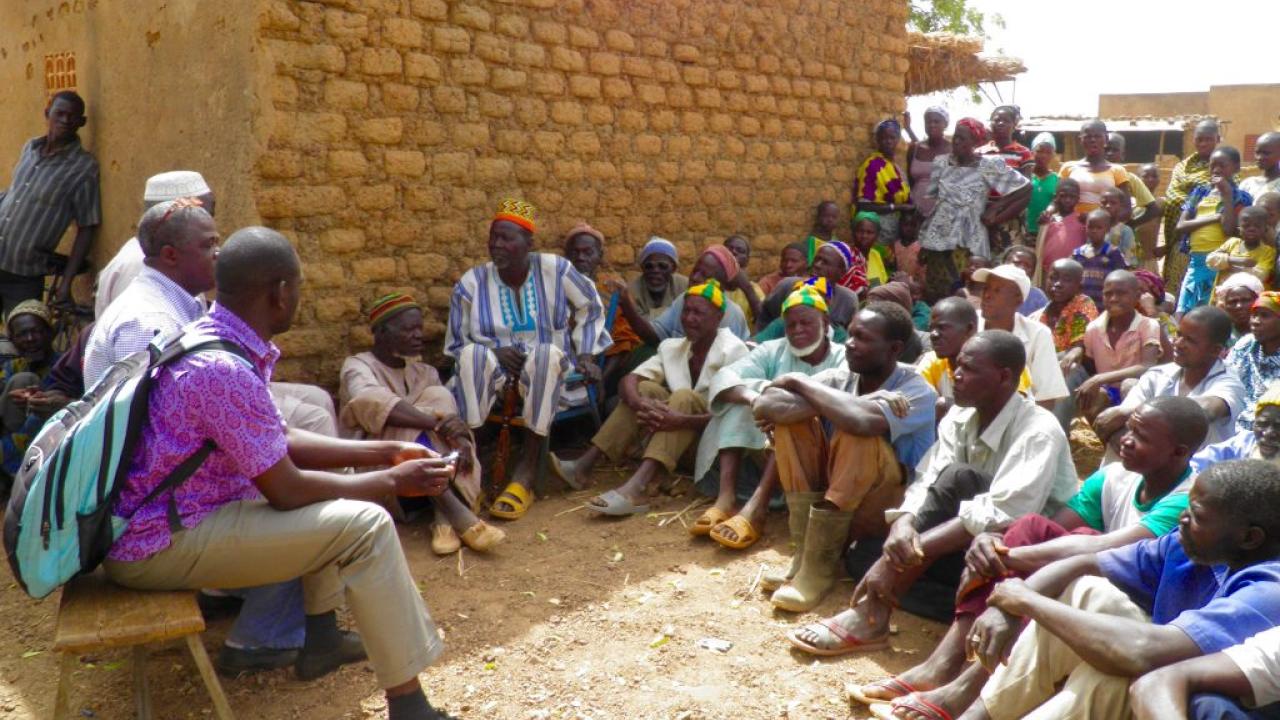
Sorghum is the most widely cultivated dryland crop and a main food staple among rural people of the West African Sahel. However, supply and demand constraints reduce adoption of improved sorghum technology. Although pockets and periods of higher adoption are evident, national area shares and yields are generally reported to be far less than for rice, maize or specialty crops. Development organizations and donors have sought alternative means to strengthen the linkages between formal and informal seed supply channels over the past decade.
A complementary approach to improving sorghum yields has been the introduction of a technology for applying small amounts of fertilizer at the time of planting. This technique, known as “microdosing,” raises yields considerably when applied to the seeding of improved sorghum varieties. However, drawbacks to microdosing are that it is time-consuming, laborious and it is difficult to ensure that the correct amount of fertilizer is used for each dose. Several other factors also constrain widespread adoption of this technology, including access to fertilizer and credit, and lack of information and training.
Project Summary
Researchers funded by the Feed the Future Innovation Lab for Assets and Market Access will work with sorghum breeders and agro-input suppliers in Burkina Faso to conduct a randomized controlled trial (RCT) that compares different methods of encouraging rural farmers to adopt improved seed and fertilizer microdosing. Researchers will target a demand-side treatment by social network characteristics with a randomized distribution of seed and fertilizer micro-packs. The supplyside treatment will test whether consistent market supply, credit constraints and farmer commitment suggest low adoption and potential supply-side marketing mechanisms to increase adoption.
As microdosing in particular requires significant use of labor, the researchers will also examine how labor is reallocated between individual household members across different crops. This could have important welfare implications for women and children. Time children spend in the field may displace time spent in school. Women may have to divert their time away from their own legume crops, resulting in lower health and nutrition for the household. Their bargaining power within the household may also be affected by these diversions. Previous research demonstrates that money in the hands of women results in greater outcomes for children with regard to nutrition, health and education.
Anticipated Impacts
A social network census will provide detailed information about who has little access to credit or knowledge-sharing in the village. Targeting seed and microdosing packages based on social network characteristics will provide guidance on how diffusion of new technology occurs and who benefits from different targeting strategies within a village.
